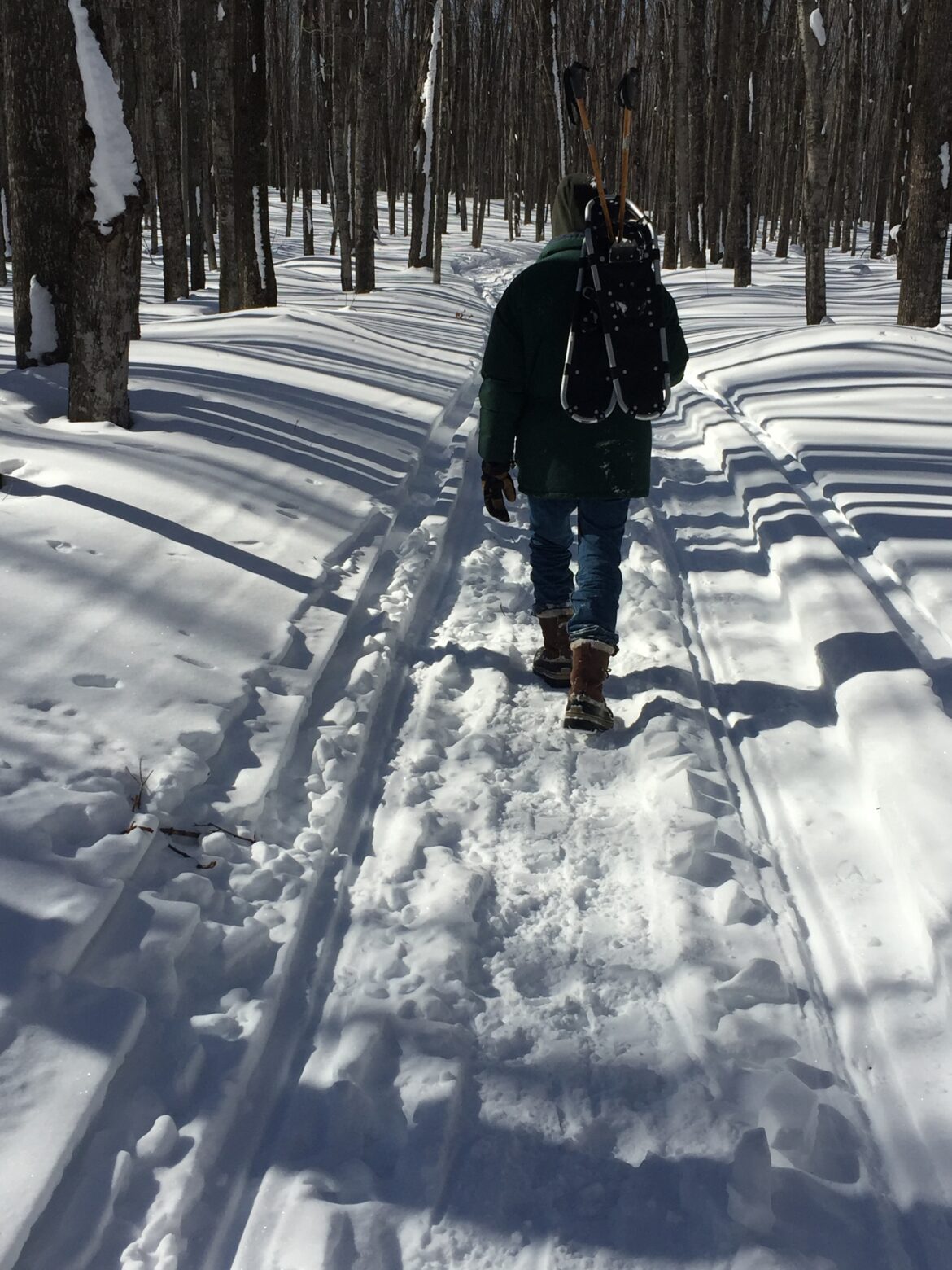Homepage Featured
Entomology researcher explains the dangers of murder hornets
|
Accurate information about murder hornets must be provided to the public to limit their spread and protect native bee populations, an entomology researcher told the Michigan Beekeepers Association.










